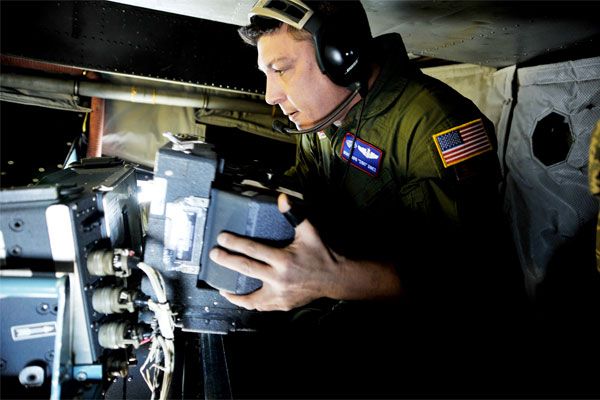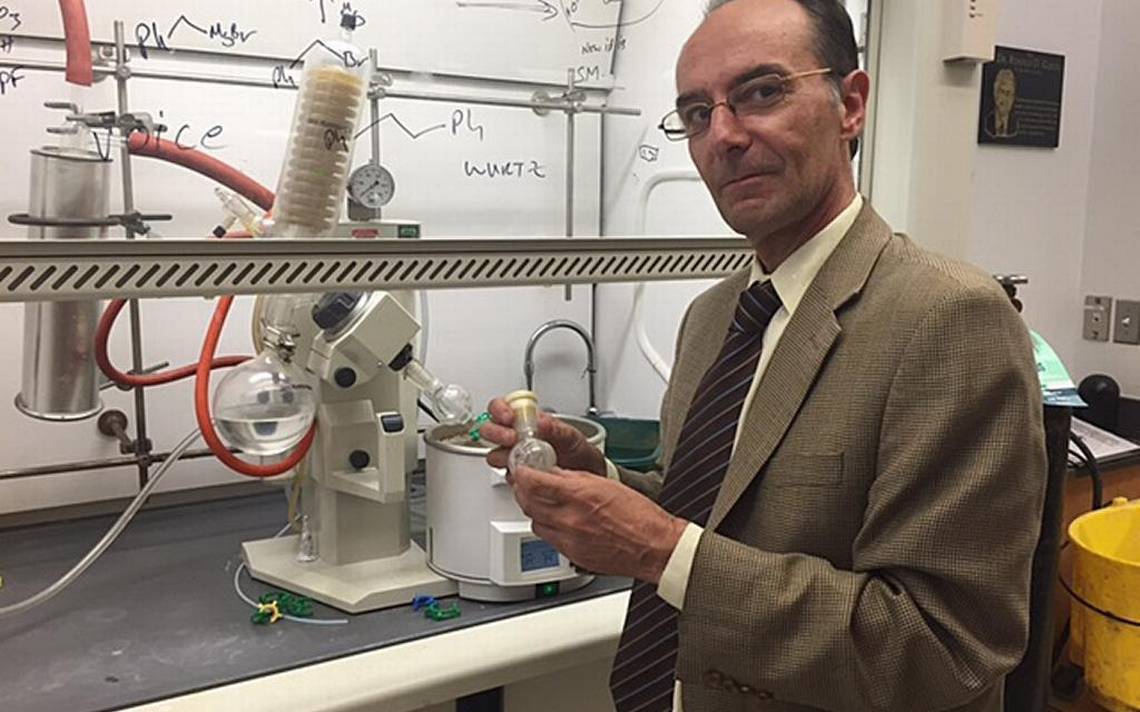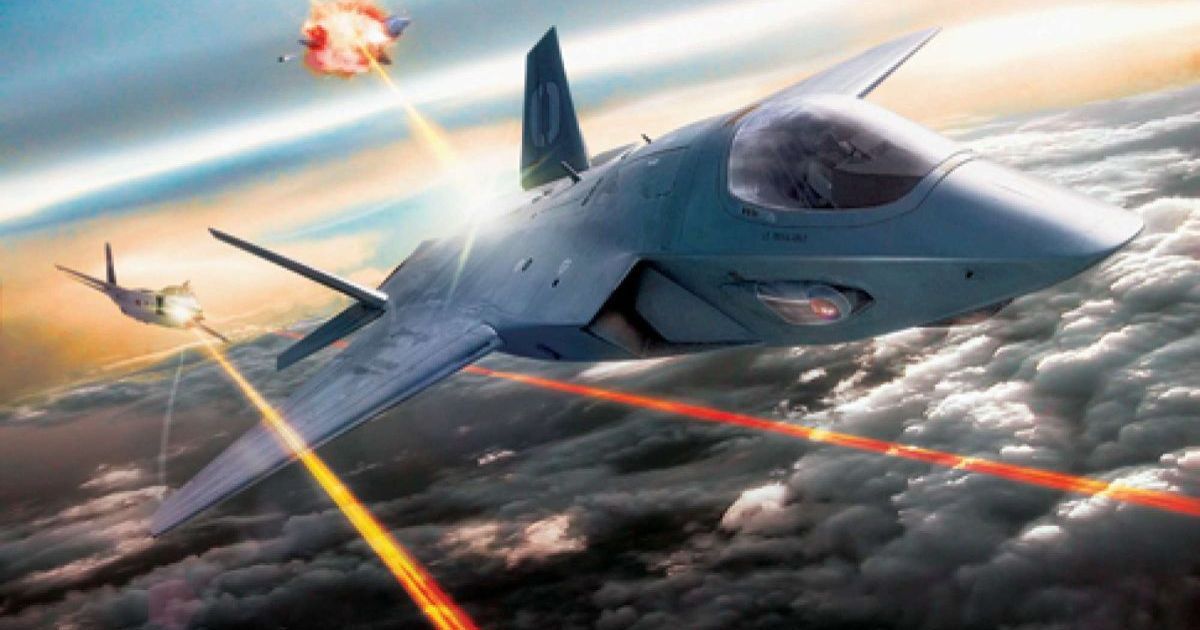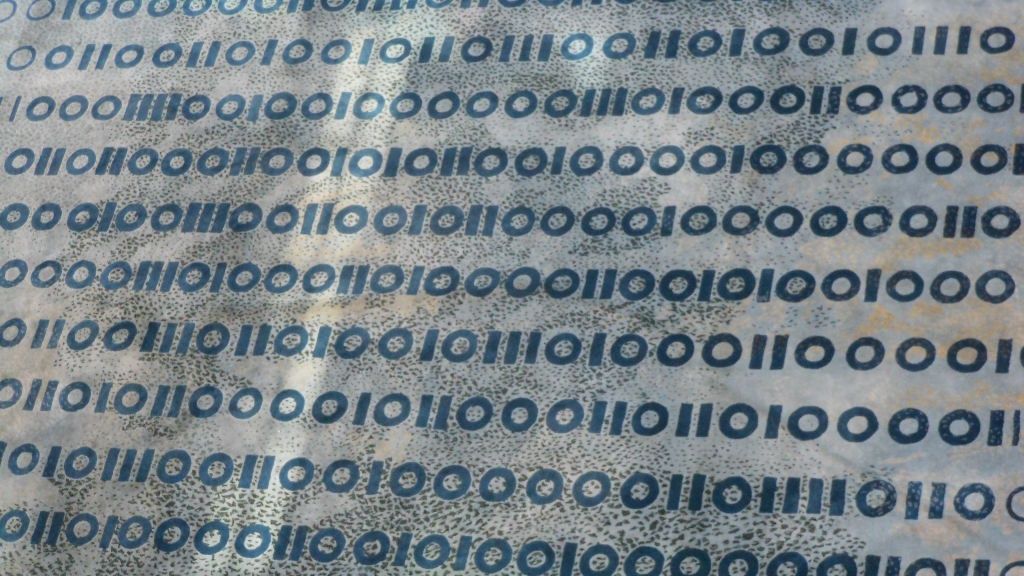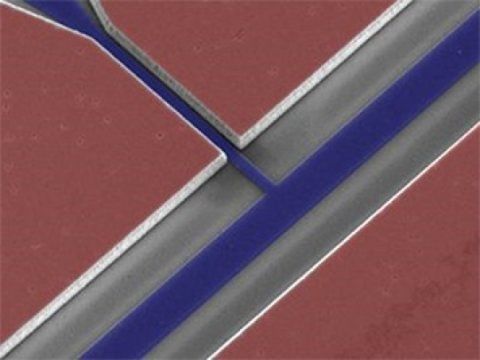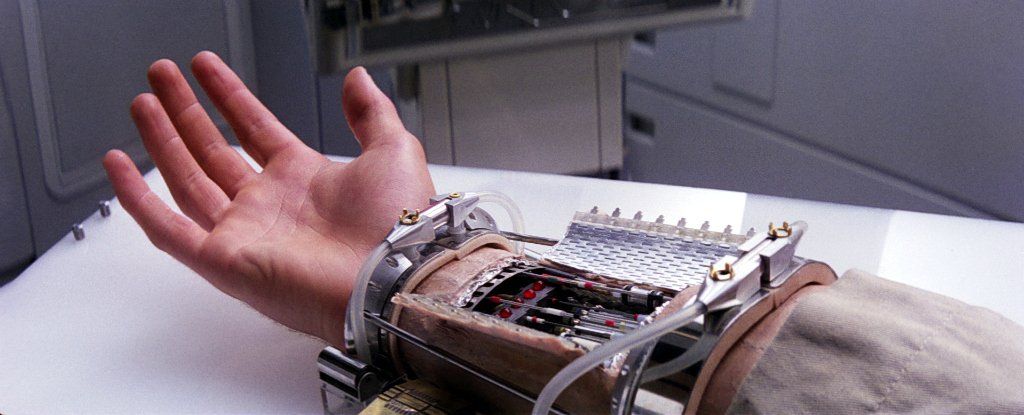Jul 30, 2016
US surveillance plane makes emergency landing in Russia
Posted by Karen Hurst in categories: geopolitics, military, surveillance, treaties
We always hear how bad Russia is; etc. We never hear about these stories where they helped the US.
A U.S. Air Force surveillance plane making a routine flight over Russia to fulfill a treaty obligation was forced to make an emergency landing in eastern Russia earlier this week after experiencing a problem with its landing gear, a Pentagon spokes person told Fox News.
The unarmed American military plane had Russian officials on board as part of the 1992 Open Skies Treaty, which bounds 34 nations, including Russia and the United States, to allow military inspection flights to ensure compliance to long standing arms-control treaties and to offer greater transparency into each nation’s military capabilities.
Continue reading “US surveillance plane makes emergency landing in Russia” »
